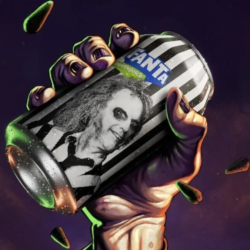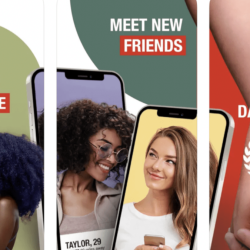Emotion is the lifeblood of sport
It’s what connects players to the game. Fans to players. Communities to clubs. Everything stems from a personal connection to what happens on the pitch. But it isn’t confined to those spaces. In fact, it extends far beyond it. Brands have long known the power of this connection. Brand partnerships and sponsorships are at the cornerstone of sports around the world. Estimates value sports sponsorship market at over $50bn — and project it to rise north of $112bn by 2031. A huge segment of this market value is driven by partnerships between massive clubs — and equally giant brands.
Just look at the attention surrounding the German Football Association’s decision to switch the supplier of the national team’s kit away from Adidas to Nike. Big deals. Big teams. Big sports. But size isn’t everything. Wherever there is sport there is emotion. And wherever there is emotion there is opportunity for brands.
The driving force
Being a fan isn’t just about cheering for a team; it’s about identifying with their struggles and triumphs. This can happen at any level of sport. It can happen in the Premier League. It can happen at a grass-roots level. And increasingly, it happens on YouTube. YouTube is technically the second largest search engine in the world, over 2.7 billion people use the platform every month. It’s a powerful tool for discovery for users, and it’s the go-to portal for people searching for their passions. According to Ipsos, 84% of soccer fans on YouTube say they watch past World Cups or other soccer games, and 68% of Olympics fans on YouTube say they watch past Olympics or games/competitions of specific Olympic sports.
In fact, it’s something we’re seeing across every sports category: people are watching more historical footage of their favourite sports now than they were five years ago. They are exploring through fan channels — building their knowledge and deepening their emotional connection through content. Digital media and VOD platforms are supercharging emotional connections. For evidence of this you only need to look at Wrexham AFC since Ryan Reynolds and Rob McElheney’s Hollywood-funded takeover.
The Welsh club had 152,000 followers on social media and now has almost four million. Netflix and YouTube didn’t invent the connection between Wrexham and its football team, but they have allowed millions of fans to discover it, and buy into it. Not every sport or team has the advantage of being the high-profile purchase of Hollywood stars, but that isn’t stopping niche sports and teams growing on YouTube and connecting with fans.
So how can brands tap into this growth?
Seizing the moment
Contextual advertising is a game-changer in the realm of digital marketing. By leveraging contextual cues such as team logos and player jerseys, brands are able to seamlessly integrate their messages into the fan experience. For example, if you’re watching a Mo Salah highlight reel adorned in Liverpool gear, contextual advertising would ensure you are greeted by an ad for New Balance trainers.
This tailored approach not only resonates with fans but also enhances brand recall and engagement. But contextual advertising goes beyond visual cues; it delves into linguistic nuances and cultural contexts. By analysing language brands can craft adverts that speak directly to the fan’s heart, bridging the gap between content and commerce through emotion. Moreover, with the rising concern over brand safety and suitability, contextual advertising offers a solution by ensuring ads are placed alongside appropriate content, safeguarding the brand’s reputation.
The smell of potential
There is potential in every locker room. From the big stage to Sunday League — all the way through to someone watching a niche sport on YouTube. Emotional connections are everywhere, and there is a huge opportunity for the brands who can smell the potential to embed themselves in the hearts and minds of emerging fan groups worldwide.
Contextual advertising brings brands closer to emotions that matter. Just as every game presents an opportunity for victory, every interaction with fans is a chance for brands to leave a lasting impression.
Featured image: Nigel Msipa / Unsplash



































